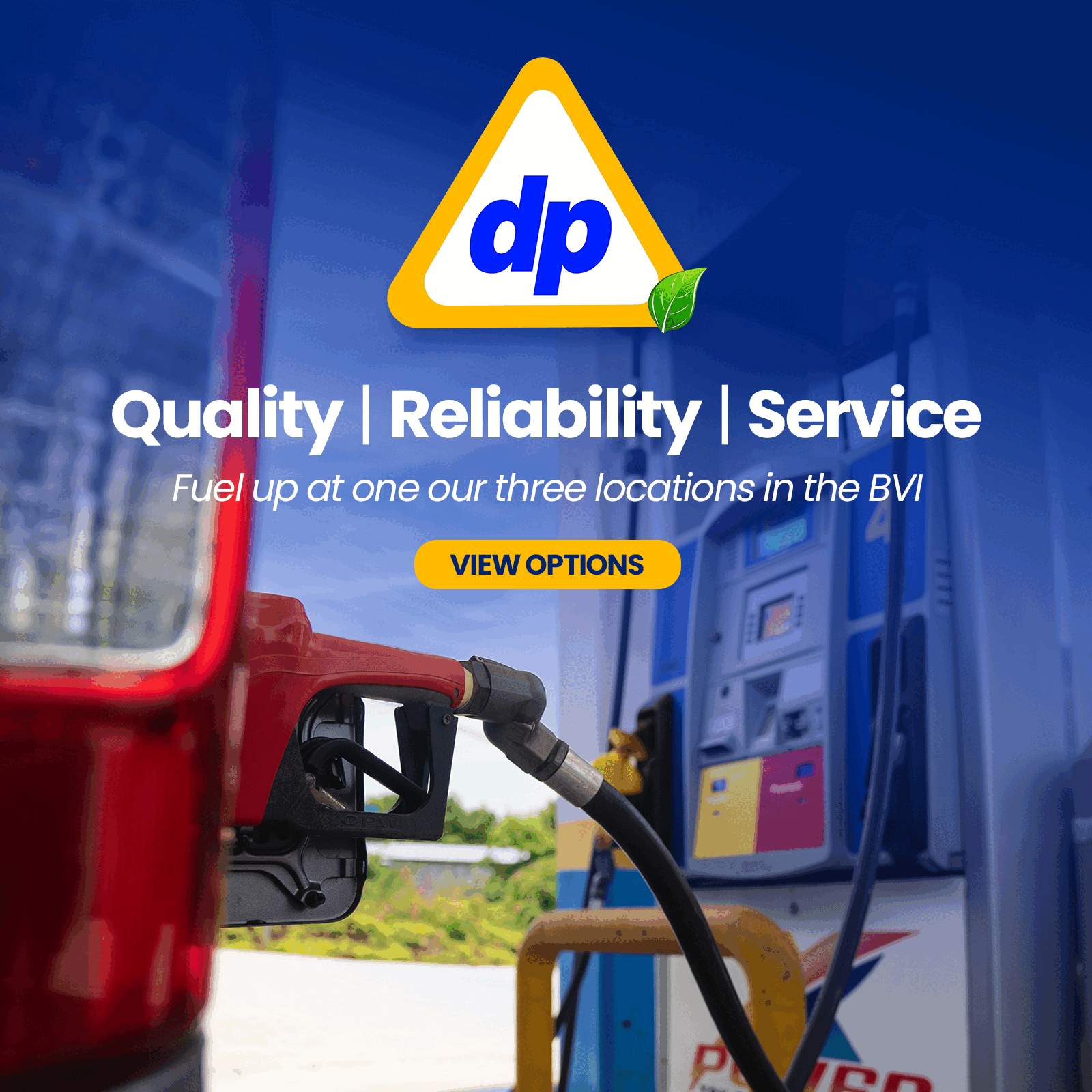King Vision & Queen Infrastructure
The following narrative argues that vision is crucial to deciding on a national infrastructure model. Understanding a country’s physical and social infrastructure requirements begins with having an overarching national vision. The national vision is a grand idea.
It is an imprint on the national mindset of the social and economic needs, and national security requirements, desired by the general population. The national vision is a panorama of THE GOOD LIFE. El Dorado is the visionary destination: the place of social and economic bounty. El Dorado is furthermore the place of safety and security.
Whatever that overarching vision is, will require a specific infrastructure model to get there. However, the vision must be in accord with the country’s values, demographics, culture, history, and national aspirations. The building of physical infrastructure, and the design and execution of national projects, must fit in with the national vision. Infrastructure needs are a unique blend that fit into a specific social and economic context, peculiar to a country.
Without an overarching national vision, projects become enmeshed in a governing culture that is, “haphazard, disjointed and disconnected,” using the words of one of the country’s bright minds. Consequently, development fails to meet the national requirement. This results in an inappropriate infrastructure model that becomes a waste of taxpayer money.
Better it is to engender an infrastructure paradigm that is fostered by a regime that possesses an, “integrated development strategy of policies, programmes, and projects,” according to the young and aspiring politician.
Yes. The national infrastructure requirement should fit with the economic and social vision of the country.
Now, under the stimulus model of economics, infrastructure development by government is frequently regarded as an avenue to economic and job growth. Under stimulus, investment in infrastructure is driven by government. But this infrastructure development must be intelligent and appropriate to effectively generate that economic growth.
Under austerity, infrastructure growth is driven by the private sector. Government steps in only where private investment is unable to meet national development requirements.
OK. A story by Ian Talley in the Wall Street Journal of September 30, 2014, was titled, “IT’S TIME TO BUILD ROADS TO PROSPERITY LITERRALY.” This was an assessment of an International Monetary Fund paper. In the opinion piece, Talley described how the IMF was touting that, ‘’ infrastructure investment was the antidote to disappointing global economic growth.’’
Tally further stated that the global bank believed that for advanced economies, ‘’ infrastructure investment is one of the few remaining policy levers able to support growth, given already accommodative monetary policy.”
However, the IMF also advised policymakers that printing money and sitting on bloated balance sheets and ultra low borrowing rates was unsustainable. The IMF believed countries must restructure their economies and become competitive to enjoy consistent growth.
The IMF further described how present global economic conditions of low borrowing costs allowed governments to take advantage of this bounty of financial economics, and finance infrastructure to boost near term growth.
The IMF view was that this CASH INJECTION would boost, “long term output by increasing the efficient flow of commercial goods.” A core benefit of possessing an appropriate infrastructure is that it boosts national development and economic growth.
Projects however, “must be carefully chosen,” according to the Fund. The IMF stated that public investment “can add two percentage points to growth in industrialized countries cutting debt levels to 8% of GDP. The extra debt from financing these projects would be more than offset by the growth returns.”
The IMF warned that this public investment would work only where, “projects were well chosen.”
The Fund admitted, and this is something the Virgin Islands knows only too well that, “investment decisions were not necessarily guided by economic rationale. Poor public investment decisions could, “hinder growth and raise debt levels through misallocation of capital. Inefficient and unproductive projects were often pursued by politicians.”
Poor investment decisions increase debt levels. Poor investment decisions also affect the trajectory of an economy for the worse. Pursuing a well thought out national vision can help avert poor social and economic planning. A well thought out vision is precursor to a national development plan, acceptable to all stakeholders, that navigates the country to that ‘shining city on the hill.’
Having no vision, or a hazy view of the future, is a recipe for the WHITE ELEPHANT and ROAD TO NOWHERE.
There is an irony in this story. It is that the IMF is a prophet of austerity. However in its latest economic sermon it recommends infrastructure stimulus for getting the global economy to grow. Stimulus is clearly the reigning global economic idea this late 2014, even for the austere IMF.
But, whether the economic vision pursued by a government sits on the theory of austerity; rests on the idea of stimulus; or a mix of both, within set criteria; common sense appears to be a crucial factor in determining the successful economic direction of a country. And common sense is a rare resource indeed.
To be continued
Connect with Dickson Igwe on FACEBOOK and TWITTER










.jpg)






1.jpg)
.png)















2 Responses to “King Vision & Queen Infrastructure”